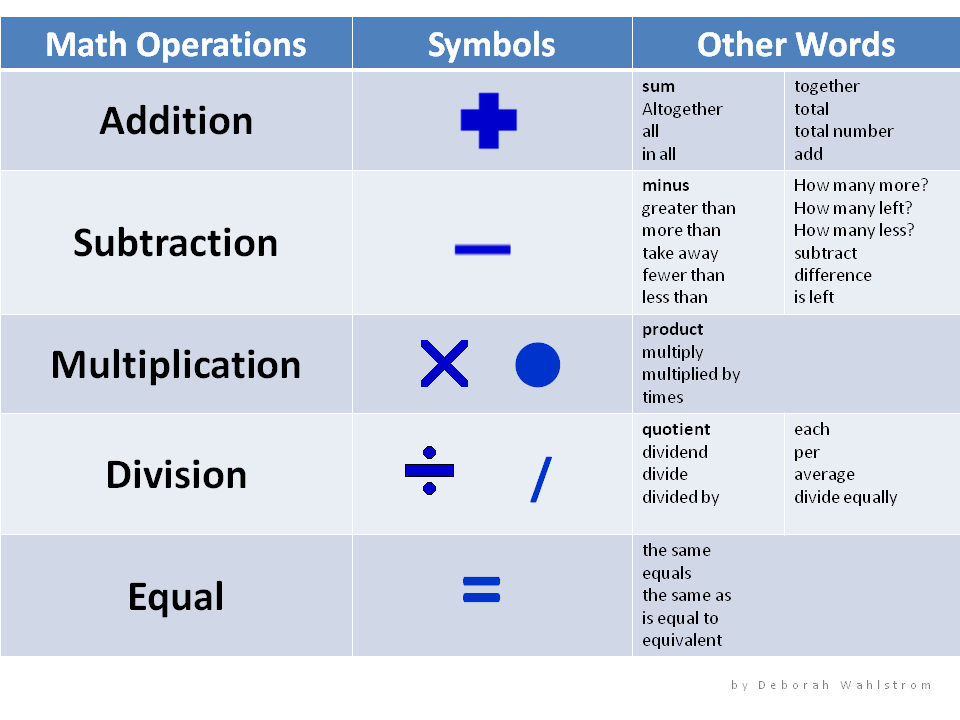This is a guest post written by DSST Credit by Exam Program
There’s a lot of work that goes into a DSST exam. Preparing for a comprehensive test on your own requires a lot of discipline, and there is no shortage of great study resources available to students with all types of learning styles.
But what do you do when you’re in the room with a math test in front of you? The good news is that math is a cumulative discipline. To thoroughly prepare for whatever math curveballs are thrown your way, try these smart strategies designed to keep you focused and organized during a DSST exam, and you’ll be in great shape to pass in no time.
The (first) mental data dump
What’s the very first thing you should do when you get your test? The answer may surprise you. Before you do anything else, take the sheet of scratch paper provided by your DSST proctor and write down every formula, theorem, and process you remember studying. You may think your time would be better spent elsewhere, but the last thing you want is to lose points because you drew a blank during your Fundamentals of College Algebra Exam on the quadratic formula.
FYI, it should look like this:
Read through the entire test
We can’t stress this one strongly enough. You’ve probably heard this advice dozens of times before. There’s a reason for that – it’s incredibly important! As you look over each question on the DSST exam, sort it into 1 of 3 groups:
- Group 1: Problems you know you can solve. Most tests are structured exactly how you would expect, with problems getting progressively more difficult. Sometimes, however, because of layout and space, there may be a problem you find easy tucked away on the last page of the exam; it would be a shame to miss out on easy points just because you were running short on time and had to rush through the last few problems. With some luck, this will be the biggest group.
- Group 2: Problems you think you can figure out. Don’t be surprised if this turns out to be the biggest group of the three. Any problems you think you know how to solve, or what your first steps would be to solve it, you assign to this group.
- Group 3: Problems you don’t know how to solve. Fortunately, since you’re well prepared and took the time to follow the study tips we’ve laid out over the years – including here, and here – this group will be manageable. At this stage of the test, don’t worry about how many problems fall into this group. All you’re doing is sorting them so you know where to spend the rest of your test time.
Do a second mental data dump
Odds are that while you were reading through the test, certain questions jogged your memory. You probably will have remembered a handful more formulas. Make sure you get these on scratch paper before you start answering questions.
Answer all of the questions from Group 1
Now’s the time to run through all of the questions you’re confident you know how to answer. Don’t gloss over them; be sure that you check your work and your calculations for simple oversights that can cost you points.
Reread the Group 3 questions
Before you start tackling Group 2 questions, first take a moment and read through each of the Group 3 problems a second time. You’ll be thinking about them subconsciously while you’re working on the Group 2 problems.
(HINT: If you have an “Ah ha!” moment where you suddenly realize how to approach a certain Group 3 problem, go ahead and answer it right away. Seriously, don’t feel like you have to finish the problem you’re working on – that’s how you wind up turning your “Ah ha!” into an “Oh no!” moment.)
“Translate” the difficult problems
When you start getting to the more difficult problems and feel yourself struggling, try reframing the problems. If it’s a word problem you’re stuck on, look for and identify keywords in the problem that tell you what to solve for.
Once you’ve highlighted all of the keywords in the word problem and you know what functions you should be using, your next step is to convert the sentences into an equation. Step 1 will be to define the unknown variable – what you’re solving for, or what you’re trying to figure out. Next, plug in the operators you identified from the keywords. Then insert the known values provided in the problem. All that’s left is to solve the equation!
Review, review and review again
You don’t get bonus points for finishing early on a DSST exam. You also don’t lose any points for being one of the last test takers to finish your test. Where you can lose points, however, is in rushing through your test and making careless mistakes. So not only should you review each problem, you should do so twice. First, make sure that the equation works when you insert the value you got when you first solved it. Then solve the problem backwards, using the opposite function (subtraction instead of addition, division instead of multiplication, etc.). If you can’t check them that way, just solve them again on a separate sheet of scratch paper.
Apply the logic test
This last tip is the most straightforward. As you’re reviewing problems, stop and ask yourself if the answer you arrived at makes sense. If it’s a word problem and it’s asking you for the speed at which a car is traveling between Point A and Point B, the answer probably shouldn’t be 7,500 mph. You probably made a mistake somewhere along the way – a misplaced decimal point, an extra zero, something. Take a second and make sure your answers all obey the laws of physics.
Have a great study tip we didn’t mention here? Share it with us on Facebook or Twitter!

Written by DSST Credit by Exam Program


